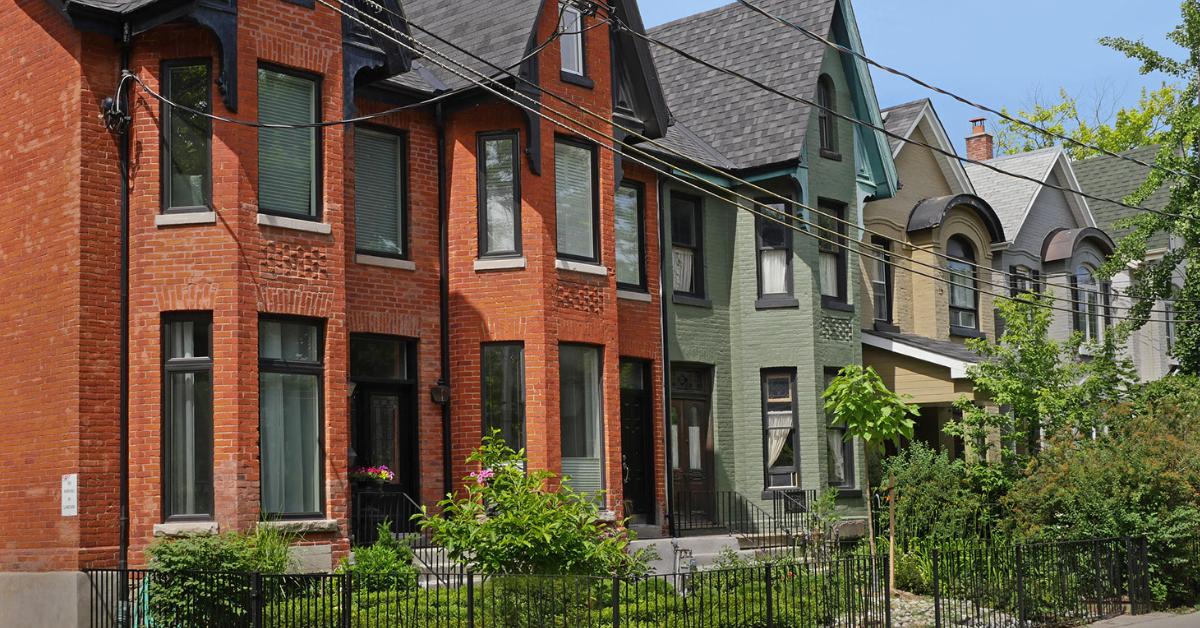It is no secret that landlords continue to face significant delays at the Landlord and Tenant Board (LTB). It currently takes a landlord 6-8 months, from time of filing, to receiving a scheduled hearing for an application. During this waiting process, and should a tenant continue not to pay rent, a landlord is left with the burden of “figuring it out”, be it with utility payments, property taxes or other operating expenses. For those who still carry a mortgage on the rental property, the burden is that much greater, as, not only is income not being generated from the rental property, but mortgage payments still become due and owing; with many landlords facing the risk of foreclosure and being forced to sell their income property prematurely.
Many landlords use this additional, anticipated, rent to supplement their income, therefore, any such disruption not only creates financial stress, but can also be detrimental to one’s livelihood.
Here are some ways that you can create additional income to narrow the gap and lessen any cash flow deficit:
1. Make use of unused space to create additional rental unit and generate new income source
Some residential houses may have unfinished basement space. If this space was not a part of the lease agreement between you and the current tenant, you can make use of this unused space by converting it into a single family dwelling or rooms to be rented out individually as permitted by municipal bylaws.
Consider remodeling an unused attic space into a bachelor unit. This may mean speaking to an existing tenant about this potential and making certain considerations or concessions to ensure you are not encroaching on their space. Many landlords may be pleasantly surprised that, while an existing tenant does not wish to pay almost double their rent to offset the rising cost of homeownership, they may welcome the chance to accommodate in other ways.
Convert an unused attached or detached garage. An unused garage space can potentially be a great rental unit if done properly. With rent at an all-time high, landlords who have the potential to create new rental space will be able to tap into this resource, creating new revenue. You must again ensure that this garage does not form part of the existing tenancy agreement or make certain concessions with the existing tenant to facilitate loss of use of this space.
Also, consider that this has to be done in accordance with municipal bylaws and do your due diligence.
Live in a condo building or townhouse complex? Have an extra parking space? Try renting it out to a neighbor for a monthly fee. Many people are in need of extra parking spaces, especially during the winter months. Just be sure to form an agreement for this parking space.
Please remember to check with your municipality about any zoning bylaws and necessary permits before commencing any work.
2. Switch your mortgage from variable interest to fixed interest rate
Now that variable rates are as high as, if not higher than, fixed mortgage rates, it may be a good time to examine this option. By switching your mortgage from a variable interest rate to a fixed rate, you can enjoy the peace of mind knowing that you have a set interest rate and that you can predict your monthly interest and principle payments. Also, knowing what your monthly payments are, allows you to budget accordingly and reduce financial uncertainty. A fixed rate mortgage also allows you the opportunity to predict exactly when your mortgage may be paid off so you can plan for your future accordingly.
3. Refinance your mortgage or get a HELOC
Another resource for landlords to “stop the bleed” would be through talking to your financial institution about refinancing the mortgage on your rental property or getting a Home Equity Line of Credit (HELOC). This can be very strategic if the time is taken to research trends in order to make an informed decision. With interest rates at an all-time high, many may be hesitant to refinance their mortgage, however, refinancing your mortgage can provide access to equity in the rental property that can, in turn, be used to offset any negative cash flow until your matter is resolved at the LTB.
If refinancing your mortgage may result in exorbitantly higher monthly payments, one can consider getting a HELOC instead. With a HELOC, not unlike a credit card, you only pay interest on the amount you use, giving you the opportunity to use a HELOC as an option to bridge the gap between rental income and expenses. One must bear in mind though, a HELOC is meant to be used discretionarily for temporary situations to act as an emergency fund until such time as an application is resolved at the LTB, and the landlord can collect any money owing or legally evict and take possession of the rental unit or, until you are able to get a better mortgage interest rate.
Ce n’est un secret pour personne que les propriétaires continuent de subir des retards importants à la Commission de la location immobilière (CLI). À l’heure actuelle, il faut environ 6 à 8 mois à un propriétaire, à partir du moment du dépôt, pour recevoir une audience prévue pour une demande. Au cours de ce processus d’attente, et si un locataire continue de ne pas payer son loyer, le propriétaire doit se débrouiller, que ce soit pour le paiement des services publics, de l’hypothèque, des taxes foncières ou d’autres dépenses d’exploitation.
De nombreux propriétaires utilisent ce loyer supplémentaire anticipé pour compléter leur revenu, donc toute perturbation de ce genre crée non seulement un stress financier, mais peut également nuire à la qualité de vie d’une personne.
Voici quelques moyens de créer des revenus supplémentaires pour réduire l’écart et le déficit de trésorerie :
1. Utiliser l’espace inutilisé pour créer des logements locatifs supplémentaires et générer une nouvelle source de revenus
Certaines résidences peuvent avoir un sous-sol ou un garage non aménagé. Si cela ne faisait pas partie du contrat de location entre vous et le locataire actuel, vous pouvez utiliser cet espace en le convertissant en une maison unifamiliale ou en chambres à louer individuellement, comme l’autorisent les règlements municipaux. Vous habitez dans un immeuble de condos ou un complexe de maisons en rangée? Vous avez une place de stationnement supplémentaire? Essayez de le louer à un voisin en lui chargeant des frais mensuels. Assurez-vous simplement de conclure une entente pour cet espace de stationnement.
2. Faites passer votre hypothèque d’un taux d’intérêt variable à un taux d’intérêt fixe
Maintenant que les taux variables sont aussi élevés, sinon plus que les taux fixes, le moment est peut-être venu d’examiner cette option. En passant d’un taux d’intérêt variable à un taux fixe, vous pouvez avoir l’esprit tranquille en sachant que vous avez un taux d’intérêt fixe et que vous pouvez prévoir vos paiements mensuels d’intérêts et de capital. De plus, connaître vos paiements mensuels vous permet d’établir un budget en conséquence et de réduire l’incertitude financière. Une hypothèque à taux fixe vous permet également de prédire exactement quand votre hypothèque peut être remboursée afin que vous puissiez
planifier votre avenir en conséquence.
3. Refinancer votre hypothèque ou obtenir une marge de crédit hypothécaire
Une autre possibilité pour les propriétaires d’« arrêter l’hémorragie » serait de discuter avec leur institution financière pour refinancer l’hypothèque de leur bien locatif ou obtenir une marge de crédit hypothécaire. Avec des taux d’intérêt à un niveau sans précédent, beaucoup peuvent hésiter à refinancer leur hypothèque. Cependant, le refinancement de votre hypothèque peut vous donner accès à des capitaux propres dans la propriété locative qui peuvent, à leur tour, être utilisés pour compenser tout flux de trésorerie négatif jusqu’à ce que votre dossier soit résolu à la CLI.


